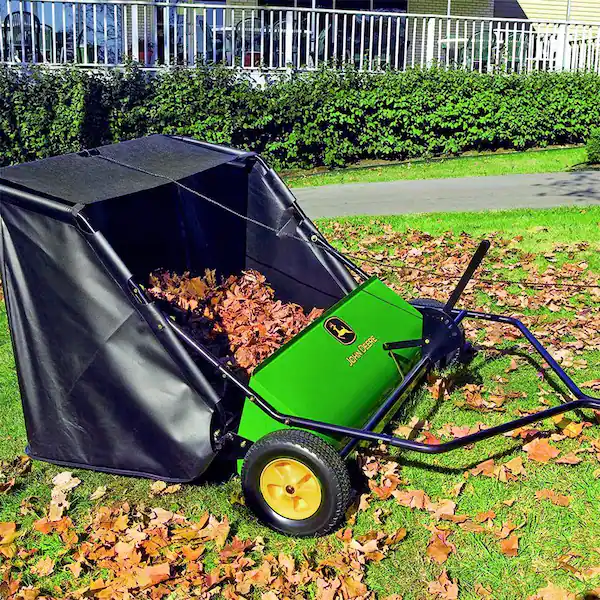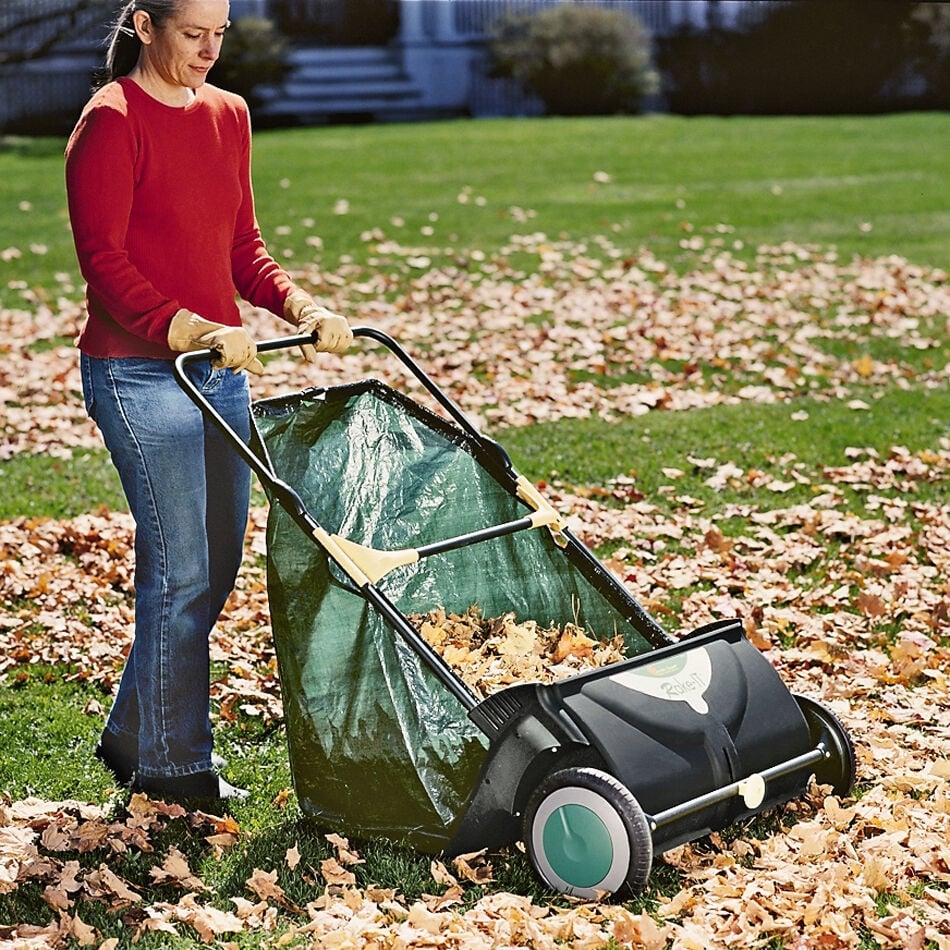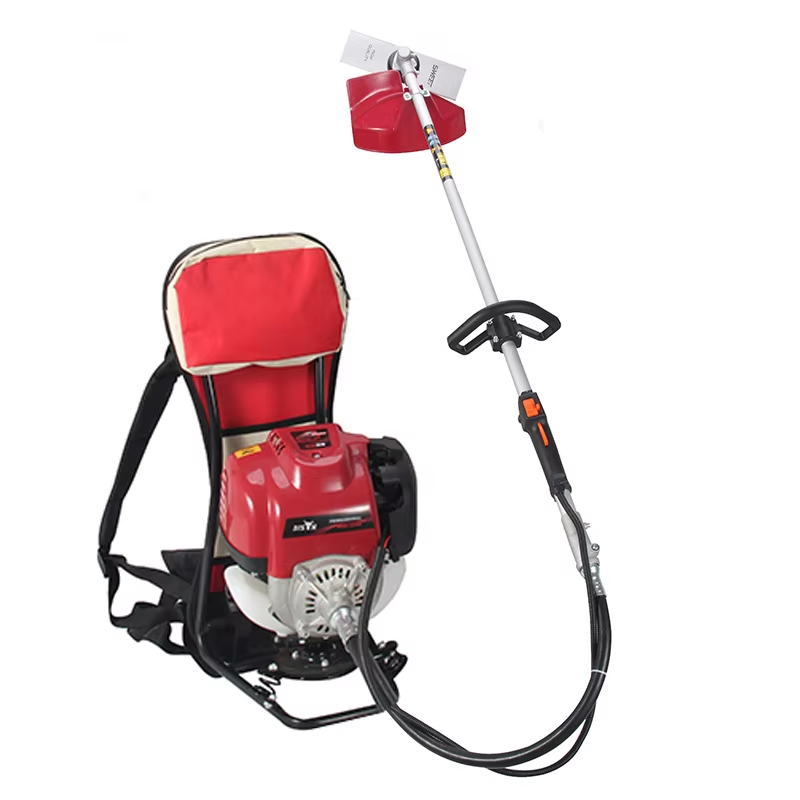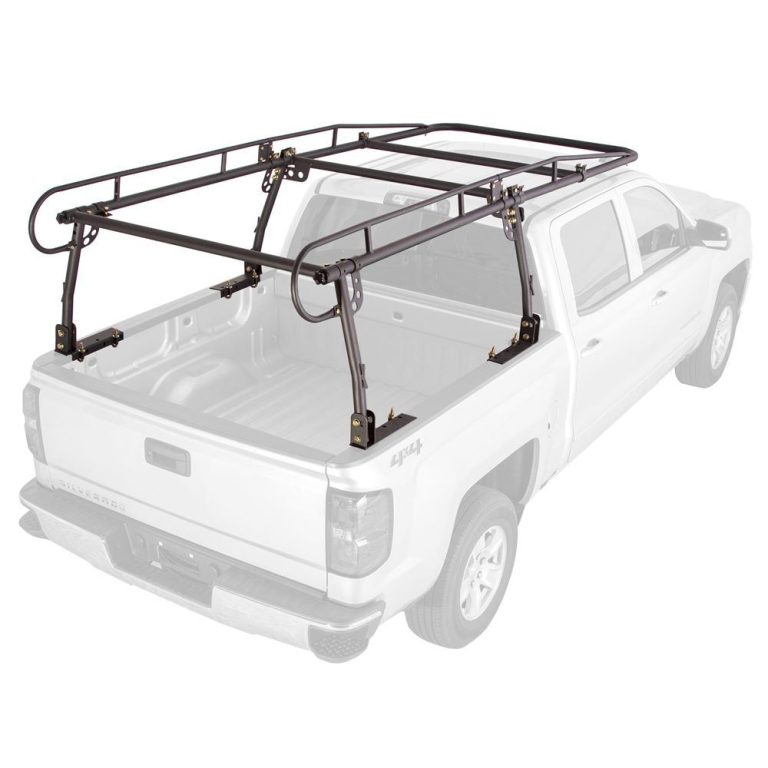
Maximizing Lawn Care Efficiency with Pull Behind Yard Rake
Maximizing Lawn Care Efficiency with Pull Behind Yard Rake
Maintaining a pristine lawn requires dedication, time, and the right tools. Among the most efficient and versatile implements for large-scale yard maintenance is the pull behind yard rake. This powerful attachment transforms the tedious task of raking leaves, thatch, and debris into a quick and effortless process. Designed to work in tandem with riding lawn mowers, ATVs, or small tractors, pull behind yard rakes offer a solution for homeowners and professionals alike who manage expansive outdoor spaces. This comprehensive guide explores the benefits, types, and uses of pull behind yard rakes, providing valuable insights for anyone looking to elevate their lawn care game.
Understanding the Mechanics of Pull Behind Yard Rakes
Pull behind yard rakes, also known as tow-behind rakes or lawn sweepers, operate on a simple yet effective principle. As the towing vehicle moves forward, the rake’s wheels drive a system of rotating tines or brushes. These components lift debris from the lawn surface and deposit it into an attached collection bag or bin. The design allows for efficient coverage of large areas, significantly reducing the time and effort required compared to manual raking.
Most models feature adjustable height settings, enabling users to customize the rake’s performance based on grass length and debris type. This versatility makes pull behind yard rakes suitable for various tasks throughout the year, from spring cleanup to fall leaf collection. The width of these rakes typically ranges from 36 to 60 inches, with larger models capable of covering wider swaths in a single pass.
The tines or brushes of pull behind rakes come in different materials, including plastic, metal, or a combination of both. Plastic tines offer gentler treatment of delicate lawns but may lack durability for heavy-duty tasks. Metal tines provide superior strength and longevity, making them ideal for tackling tougher debris and thatch. Some advanced models incorporate a combination of materials to balance efficiency and lawn protection.
Types of Pull Behind Yard Rakes
The market offers several types of pull behind yard rakes, each designed to meet specific lawn care needs. Lawn sweepers represent the most common type, featuring a rotating brush system that sweeps debris into a collection bag. These models excel at collecting leaves, grass clippings, and small twigs, making them ideal for regular maintenance and seasonal cleanups.
Dethatcher rakes focus on removing thatch, the layer of dead grass and roots that accumulates between the soil surface and living grass. These rakes use more aggressive tines to penetrate the thatch layer, pulling it up for easy removal. Many dethatcher models allow for adjustable tine pressure, enabling users to control the intensity of the dethatching process based on lawn conditions.
Landscape rakes, also known as grading rakes, serve a dual purpose of leveling soil and collecting debris. These rakes typically feature sturdy metal tines and lack a collection system, instead focusing on spreading material evenly across the lawn surface. Landscape rakes prove particularly useful for preparing seedbeds, distributing topsoil, or smoothing gravel driveways.
Some manufacturers offer combination models that incorporate features of multiple rake types. These versatile tools can switch between sweeping, dethatching, and leveling functions, providing a comprehensive lawn care solution in a single attachment.
Benefits of Using Pull Behind Yard Rakes
The primary advantage of pull behind yard rakes lies in their efficiency. These tools can cover large areas quickly, dramatically reducing the time required for lawn maintenance tasks. What might take hours with a hand rake can be accomplished in a fraction of the time using a pull behind model. This time-saving benefit proves particularly valuable for property owners with extensive lawns or landscaping professionals managing multiple sites.
Pull behind rakes also offer ergonomic benefits, minimizing the physical strain associated with manual raking. By eliminating the need for repetitive bending and pulling motions, these tools reduce the risk of back pain and fatigue. This aspect makes lawn care more accessible to individuals with physical limitations or those who simply prefer a less labor-intensive approach to yard work.
The versatility of pull behind rakes extends their utility beyond basic leaf collection. Many models effectively remove thatch, aerate the lawn surface, and even help distribute seed or fertilizer. This multi-functionality allows property owners to address various lawn care needs with a single tool, potentially reducing the need for multiple specialized implements.
Environmental benefits also arise from the use of pull behind yard rakes. By efficiently collecting leaves and grass clippings, these tools facilitate proper disposal or composting of organic matter. This practice can reduce the environmental impact of yard waste and contribute to sustainable landscaping practices. Additionally, the thorough cleaning action of pull behind rakes can improve lawn health by removing debris that might otherwise smother grass or harbor pests and diseases.
Selecting the Right Pull Behind Yard Rake
Choosing the most suitable pull behind yard rake involves considering several factors. The size of the property plays a crucial role in determining the appropriate rake width. Larger lawns benefit from wider models that cover more ground in each pass, while smaller yards may require more maneuverable options. The type of towing vehicle also influences the choice, as different rakes are designed to work with specific equipment, from lawn tractors to ATVs.
The primary intended use of the rake should guide the selection process. Homeowners primarily concerned with leaf collection might opt for a basic lawn sweeper, while those battling thatch issues should consider a dedicated dethatcher or combination model. The frequency of use and the types of debris commonly encountered on the property also factor into the decision, influencing the choice between lighter-duty plastic tines and more robust metal options.
Storage space availability merits consideration when selecting a pull behind rake. Some models feature collapsible designs or removable components for compact storage, a valuable attribute for those with limited garage or shed space. The ease of attaching and detaching the rake from the towing vehicle also affects convenience, especially for users who plan to switch between multiple lawn care attachments regularly.
Budget considerations naturally play a role in the selection process. While pull behind yard rakes represent a significant investment compared to manual alternatives, they offer long-term value through time savings and improved lawn health. Balancing initial cost against durability, features, and expected lifespan helps ensure a wise investment that meets both immediate needs and long-term lawn care goals.

Proper Use and Techniques for Pull Behind Yard Rakes
Maximizing the effectiveness of a pull behind yard rake requires proper technique and understanding of the tool’s capabilities. Before beginning any raking session, users should inspect the lawn for obstacles such as rocks, sticks, or hidden objects that could damage the rake or pose safety hazards. Adjusting the rake’s height settings to match the lawn’s grass length ensures optimal performance without scalping or damaging the turf.
Operating speed plays a crucial role in the rake’s effectiveness. Most manufacturers recommend maintaining a steady pace of 3 to 5 miles per hour for optimal results. Moving too quickly can result in missed debris, while excessively slow speeds may lead to unnecessary wear on the equipment. Users should experiment with different speeds to find the ideal balance for their specific lawn conditions and rake model.
For efficient coverage, operators should plan their raking pattern to minimize overlaps and missed areas. A common technique involves starting at the perimeter of the lawn and working inward in concentric patterns. This approach ensures thorough coverage and helps prevent repeatedly driving over collected debris. When dealing with heavy leaf accumulation, multiple passes in different directions may be necessary to achieve a thorough cleanup.
Attention to the collection bag or bin’s capacity prevents overflow and ensures continuous operation. Most models feature indicators or clear sections that allow users to monitor debris accumulation. Emptying the collection system before it reaches full capacity prevents clogs and maintains consistent performance throughout the raking session.
Maintenance and Care for Pull Behind Yard Rakes
Regular maintenance extends the lifespan and preserves the performance of pull behind yard rakes. After each use, operators should remove any debris caught in the tines or brush mechanism. This practice prevents rust and ensures smooth operation in subsequent uses. Checking and tightening any loose bolts or connections before and after use maintains the rake’s structural integrity and prevents parts from detaching during operation.
Lubrication of moving parts, particularly wheel bearings and any pivot points, keeps the rake operating smoothly and reduces wear. Users should follow manufacturer recommendations for lubrication frequency and type of lubricant. For rakes with collection systems, inspecting the bag or bin for tears or damage and addressing any issues promptly prevents debris leakage during operation.
Proper storage protects pull behind yard rakes from the elements and extends their service life. Storing the rake in a dry, covered area prevents rust and degradation of plastic components. For models with collapsible features, folding the rake according to manufacturer instructions saves space and reduces strain on hinges and joints during storage.
Seasonal maintenance tasks may include more thorough cleaning, rust prevention treatments for metal components, and replacement of worn tines or brushes. Many manufacturers offer replacement parts, allowing users to refurbish their rakes rather than replacing the entire unit. This approach not only saves money but also reduces waste, aligning with environmentally conscious lawn care practices.

Enhancing Lawn Health with Pull Behind Yard Rakes
Beyond their primary function of debris collection, pull behind yard rake contribute significantly to overall lawn health. Regular use of these tools helps prevent thatch buildup, which can impede water and nutrient penetration to grass roots. By removing excess thatch, pull behind rakes promote healthier grass growth and reduce the likelihood of pest and disease issues associated with overly dense thatch layers.
The raking action also provides a form of aeration, loosening compacted soil and allowing better air circulation to grass roots. This benefit proves particularly valuable in high-traffic areas of the lawn that tend to become compacted over time. Improved soil aeration enhances root development, leading to stronger, more resilient turf.
Pull behind rakes play a role in weed control by removing seeds and seedlings before they can establish themselves in the lawn. This mechanical removal complements other weed management strategies, potentially reducing the need for chemical herbicides. Additionally, the thorough cleaning action of these rakes removes potential overwintering sites for pests, contributing to integrated pest management approaches.
The efficient removal of leaves and debris facilitated by pull behind rakes prevents smothering of grass, especially during fall when leaf accumulation can be heavy. By maintaining an open lawn surface, these tools ensure that grass continues to receive adequate sunlight and air circulation, even as deciduous trees shed their leaves. This preservation of healthy growing conditions helps lawns recover quickly in spring, leading to lusher, more vibrant turf throughout the growing season.
Integrating Pull Behind Yard Rakes into Comprehensive Lawn Care Strategies
To maximize the benefits of pull behind yard rake, property owners should integrate their use into a broader lawn care strategy. Coordinating raking activities with other maintenance tasks, such as mowing and fertilizing, enhances overall lawn health and appearance. For example, raking before fertilizer application ensures that nutrients reach the soil rather than being caught in surface debris.
Seasonal planning optimizes the use of pull behind rakes. Spring raking removes winter debris and prepares the lawn for the growing season. Summer use focuses on collecting grass clippings and maintaining a tidy appearance. Fall represents the peak season for pull behind rakes, with leaf collection being the primary task. Winter raking, while less common, can help remove any remaining debris and prepare the lawn for dormancy.
Combining the use of pull behind rakes with other lawn care equipment amplifies their effectiveness. Following dethatching with overseeding and fertilization, for instance, creates ideal conditions for new grass growth. Similarly, using a pull behind rake to collect grass clippings after mowing contributes to a cleaner lawn appearance and provides material for composting.
By thoughtfully incorporating pull behind yard rakes into comprehensive lawn care routines, property owners can achieve superior results with less effort. These versatile tools not only simplify maintenance tasks but also contribute to the long-term health and beauty of lawns, making them an invaluable asset for anyone serious about landscape management.



